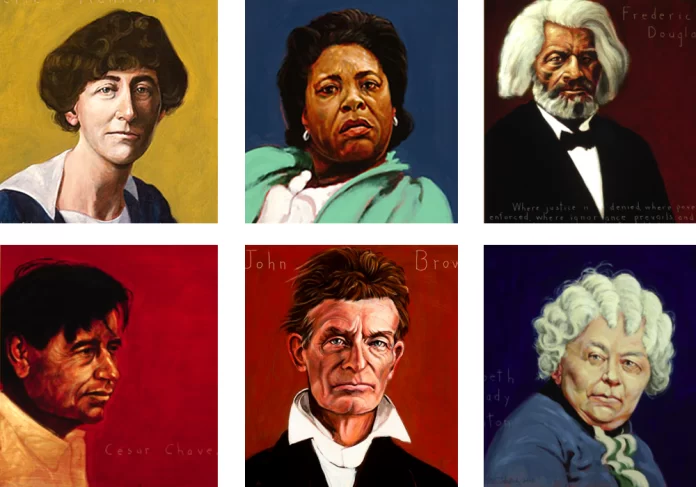In the fast-paced world of news media, where information flows ceaselessly, typography plays a vital role in delivering content efficiently and engagingly. Newspaper fonts, particularly sans serif fonts, stand as unsung heroes in the realm of journalism. They facilitate readability, convey a sense of modernity, and adapt seamlessly to the digital age. This exploration delves into the dynamic relationship between newspaper typography and the prevalence of sans serif fonts, shedding light on their significance and the evolving landscape of news design.
The Evolving Landscape of Newspaper Typography
Newspaper typography has evolved significantly over the centuries, reflecting changes in technology, design aesthetics, and reader preferences. Traditionally, serif fonts were favored in print media due to their historical associations with legibility in lengthy passages of text. However, as newspapers transitioned to digital platforms, the demand for enhanced readability across various screen sizes prompted a shift in typographic choices.
Enter sans serif fonts. These typefaces, characterized by their clean lines and absence of decorative flourishes, have become a staple in contemporary newspaper design. Their minimalist nature and straightforward geometry align seamlessly with the demands of digital reading experiences.
The Sans Serif Advantage: Readability and Adaptability
One of the primary reasons behind the prevalence of sans serif fonts in newspapers, both in print and online, is their remarkable readability. The absence of serifs eliminates potential distractions and simplifies letterforms, allowing readers to consume information quickly and effortlessly. This quality is especially crucial in the context of news, where the goal is to convey information rapidly without sacrificing comprehension.
Furthermore, sans serif fonts excel in adapting to various digital devices, from smartphones to tablets and desktop screens. Their versatility in scaling ensures that content remains legible and visually appealing, regardless of the platform. This adaptability has become paramount in an era when news is consumed on screens of all sizes.
Conveying Modernity and Clarity
Sans serif fonts are inherently associated with modernity and innovation. Their clean lines and absence of decorative elements convey a sense of efficiency and directness, aligning with the contemporary news landscape. Newspapers seek to present information in a clear and concise manner, and sans serif fonts echo this objective perfectly.
This alignment with modern aesthetics goes beyond the visual appeal. Sans serif fonts evoke a sense of objectivity and neutrality, which is particularly important in journalism, where impartiality is valued. These fonts help convey news content in a straightforward manner, allowing readers to form their own opinions without the influence of stylistic distractions.
A Balance of Tradition and Innovation
While sans serif fonts have undoubtedly made their mark in newspaper typography, it’s worth noting that the relationship between serif and sans serif fonts is not one of exclusion, but of balance. Many newspapers still incorporate serif fonts for certain sections, headlines, and features where a touch of formality or emphasis is desired.
The marriage of sans serif fonts for body text and serif fonts for headings and captions creates a harmonious blend of tradition and innovation. It ensures optimal readability while adding visual interest and hierarchy to the design. This combination caters to both the digital age’s demands and the enduring legacy of print media.
Conclusion
In the ever-evolving landscape of news media, typography remains a powerful tool for communication and engagement. Sans serif fonts have emerged as essential components of modern newspaper design, embracing readability, adaptability, and contemporary aesthetics. As newspapers continue to navigate the challenges of the digital age, the choice of typefaces becomes more than just a stylistic decision – it becomes a strategic choice that ensures the efficient delivery of information to readers worldwide.








